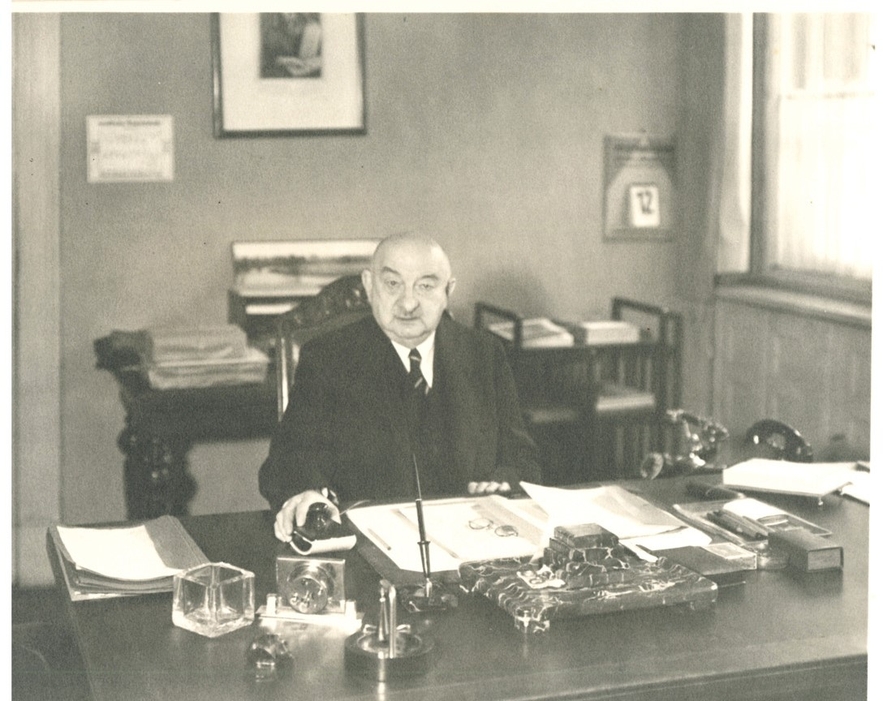MANY WAYS TO DIE
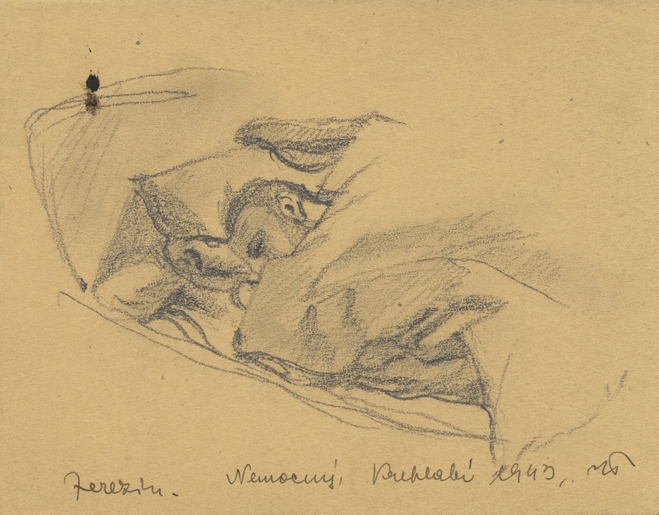
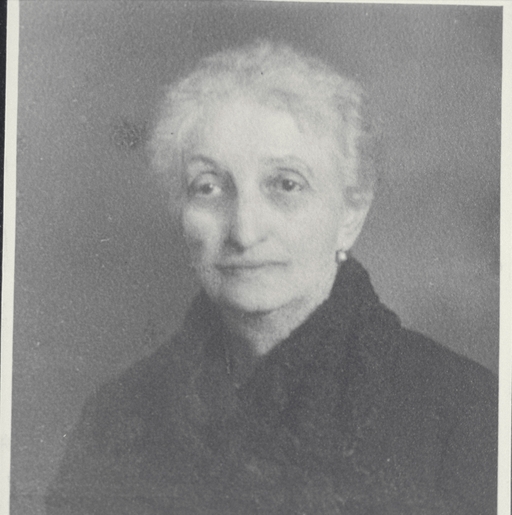
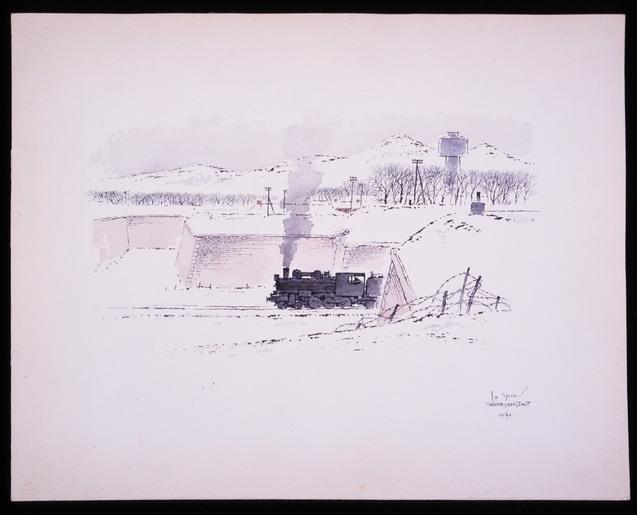
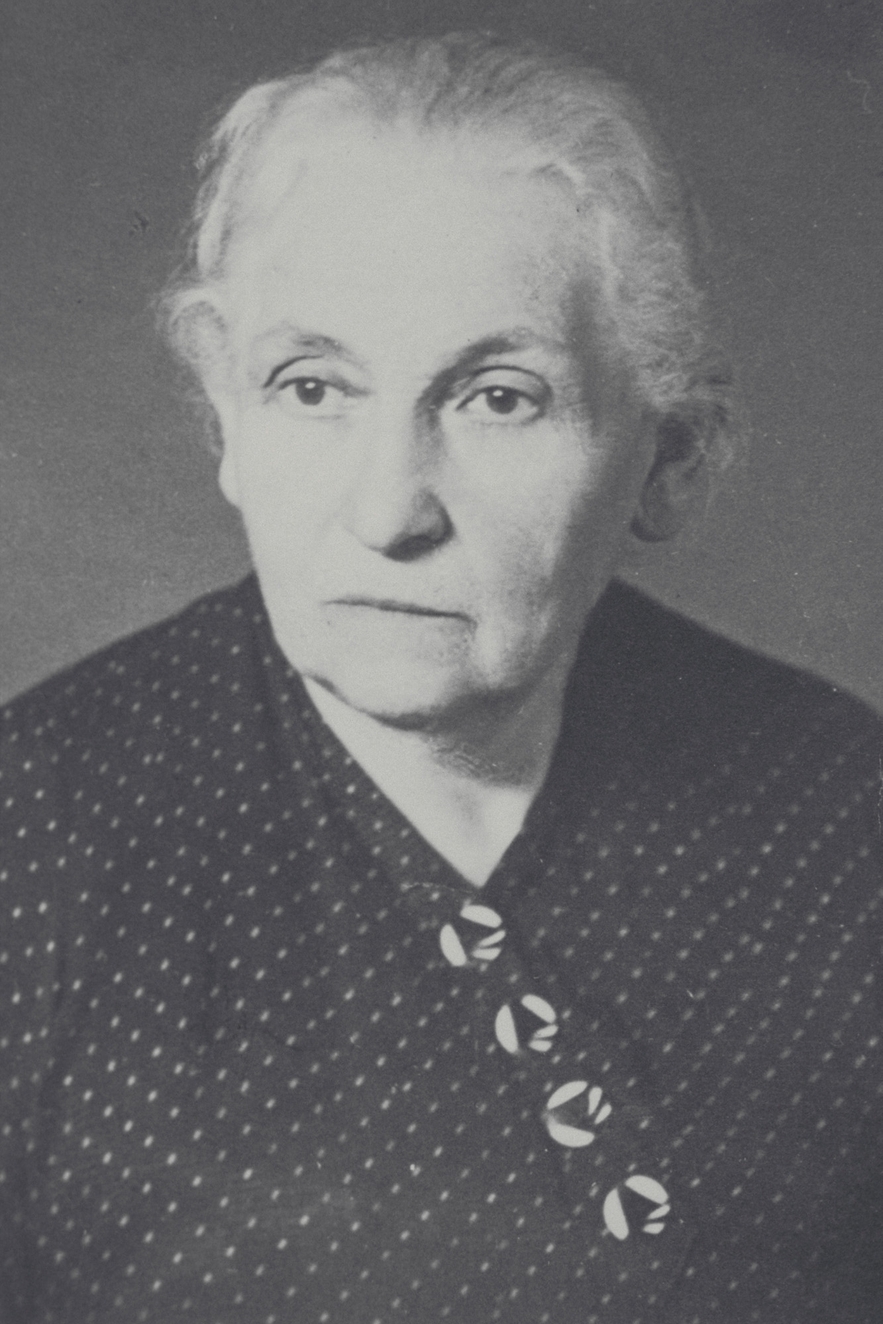
Hunger and hard physical labor were dangerous companions to daily life in the camp. Elderly people — the majority of the 57,000 deportees from Germany and Austria — were at the bottom of the food hierarchy. While all detainees above 60 were exempt from physical labor, they also received the smallest food rations as the least productive group, causing them to suffer from malnutrition. They also lived in the worst conditions. All this could easily lead to disease and death.
The psychological torment could be equally powerful. Newly arrived prisoners were often assigned to bury the ashes of those who had died and been cremated before them, sometimes even other family members. Like Jewish leaders in other ghettos, the first of the Jewish elders in Theresienstadt, Jakob Edelstein, believed that by proving useful and productive to the German economy, the prisoners could avoid deportation.
